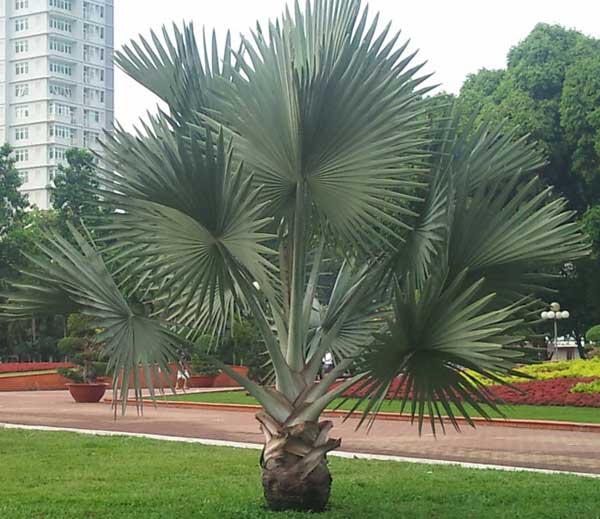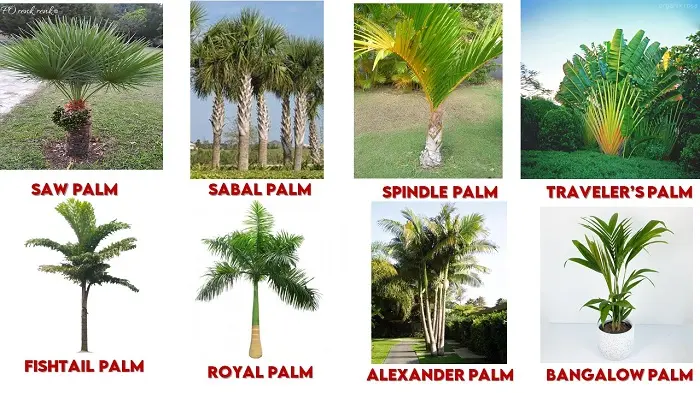The Palm Tree in English: A Deep Dive into Its Significance and Uses




Chính Sách Vận Chuyển Và Đổi Trả Hàng
Miễn phí vận chuyển mọi đơn hàng từ 500K
- Phí ship mặc trong nước 50K
- Thời gian nhận hàng 2-3 ngày trong tuần
- Giao hàng hỏa tốc trong 24h
- Hoàn trả hàng trong 30 ngày nếu không hài lòng
Mô tả sản phẩm
What is a Palm Tree in English?
A palm tree, known in English simply as "palm," is a perennial flowering plant belonging to the Arecaceae family. Palm trees are iconic symbols of tropical and subtropical regions, recognized for their tall, slender trunks and large, fan-shaped or feather-like fronds. These trees are not only aesthetically pleasing but also hold significant ecological and economic value. For example, the coconut palm (Cocos nucifera) is a staple in many coastal communities, providing food, shelter, and raw materials.Why Are Palm Trees So Important?
Palm trees play a crucial role in both natural ecosystems and human economies. Ecologically, they provide habitat and food for various wildlife species, such as birds and insects. Economically, palms like the date palm (Phoenix dactylifera) are vital for agriculture, producing fruits that are exported globally. According to the Food and Agriculture Organization (FAO), date palms contribute over $8 billion annually to the global economy. Additionally, palm oil, derived from the oil palm (Elaeis guineensis), is a key ingredient in countless products, from food to cosmetics.What Are the Different Types of Palm Trees?
There are over 2,600 species of palm trees, each with unique characteristics and uses. Some of the most well-known include the coconut palm, date palm, and oil palm. The coconut palm thrives in coastal areas and is renowned for its versatile fruit, while the date palm is a desert-adapted species prized for its sweet, nutrient-rich dates. The oil palm, native to West Africa, is now extensively cultivated in Southeast Asia for its high-yield oil production. These examples highlight the diversity and adaptability of palm trees across different environments.How Do Palm Trees Benefit the Environment?
Palm trees contribute significantly to environmental sustainability. Their deep root systems help prevent soil erosion, particularly in coastal and arid regions. Moreover, palms act as carbon sinks, absorbing CO2 and releasing oxygen, which mitigates climate change. A study published in the Journal of Environmental Management found that a single mature palm tree can sequester up to 1.5 tons of carbon dioxide over its lifetime. This makes palms invaluable in urban greening projects and reforestation efforts.What Are the Cultural Significance of Palm Trees?
Palm trees hold deep cultural and symbolic meanings across various societies. In many tropical cultures, they represent resilience, prosperity, and peace. For instance, in Hinduism, the coconut palm is considered sacred and is often used in religious ceremonies. Similarly, in ancient Egypt, date palms were symbols of fertility and immortality. The palm branch is also a universal emblem of victory and triumph, as seen in its use during the Roman Empire and in Christian iconography.How Are Palm Trees Used in Modern Landscaping?
Palm trees are a popular choice in modern landscaping due to their aesthetic appeal and low maintenance requirements. They are commonly used in resorts, parks, and urban spaces to create a tropical ambiance. Species like the Queen Palm (Syagrus romanzoffiana) and the Canary Island Date Palm (Phoenix canariensis) are favored for their ornamental value. Landscapers also appreciate palms for their ability to thrive in a variety of soil conditions, making them versatile for different design needs.What Are the Challenges Facing Palm Trees Today?
Despite their benefits, palm trees face several threats, including deforestation, climate change, and pests. The expansion of palm oil plantations has led to significant habitat loss in countries like Indonesia and Malaysia. Additionally, rising temperatures and changing rainfall patterns are stressing palm populations, making them more susceptible to diseases. The red palm weevil (Rhynchophorus ferrugineus) is a particularly destructive pest, causing widespread damage to date palms in the Middle East and Mediterranean regions.Conclusion: The Enduring Legacy of Palm Trees
Palm trees are more than just picturesque elements of tropical landscapes; they are vital to ecosystems, economies, and cultures worldwide. From their ecological benefits to their economic contributions, palms demonstrate remarkable versatility and resilience. However, their future depends on sustainable practices and conservation efforts to address the challenges they face. By understanding and valuing these majestic trees, we can ensure their preservation for generations to come.Xem thêm: cây xạ đen răng cưa